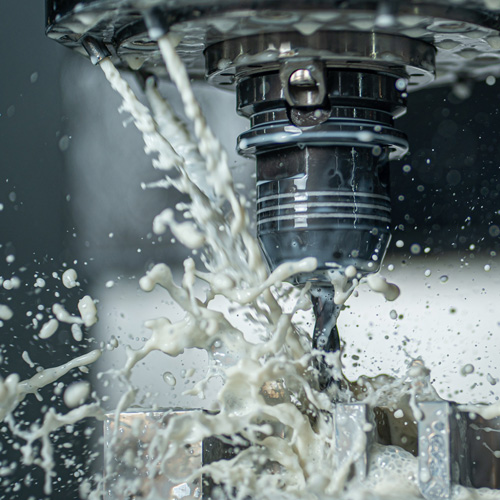
Benefits of CNC Machine Cleaning
- Keep up to date with your legal requirements
- Help to prevent skin irritation
- Help to increase tool life
- Help to increase cutter feeds and speeds
- Help to extend machine life
- Reduce and remove tramp oil
Our team of fluid management experts will undertake testing of the fluids for you and submit a detailed report on their findings. They will then advise on corrective actions which will assist you in keeping you HSE compliant.
We can even carry out the corrective actions for you if required, ensuring confidence that they have been undertaken correctly.
Below are the tests that need to be carried out to ensure that your fluids meet HSE standards.
| Test Required | Frequency Required |
|---|---|
| Appearance and Odour | Daily |
| Concentration Check | Weekly |
| pH Check | Weekly |
| Dirt and Fines Assessment | Weekly |
| Test Required | Frequency Required |
|---|---|
| Tramp Oil Levels | Weekly |
| Microbes | Minimum Weekly |
| Water Hardness | Monthly |
| Corrosion Testing | Monthly |
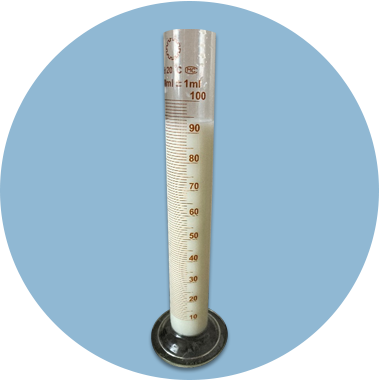
Operating Temperature
A visual assessment of the machine sump and sample will give a good indication of fluid condition.

Concentration
A refractometer is the ideal tool for shop floor checks on single sump machine, the reading should be sharp. If blurred, then there may be tramp oil or stability problems.

Dirt/Fines Levels
Dirt / Fines to be at minimal levels dependant on the application.
pH Measurement
pH gives a good indication of fluid condition.
Bacteria and fungi produce acids which reduce emulsion pH
A sharp drop in pH usually means an increase in bacteria levels

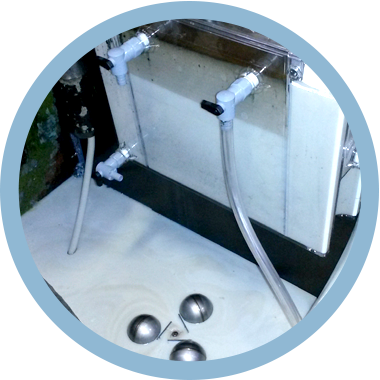
Tramp Oil
Current HSE Guidance states a maximum 2% volume for tramp oil.
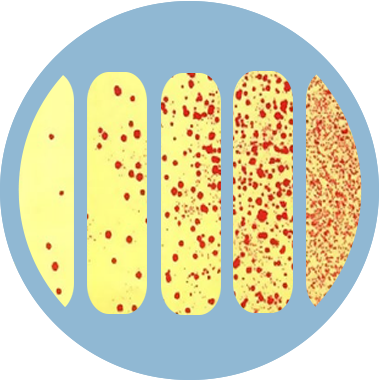
Monitoring Microbial Contamination
Dip slides are cost effective and simple easy to use. They tell us the level of contamination so we can determine corrective action. HSE requires testing to be weekly minimum. (* can be extended)
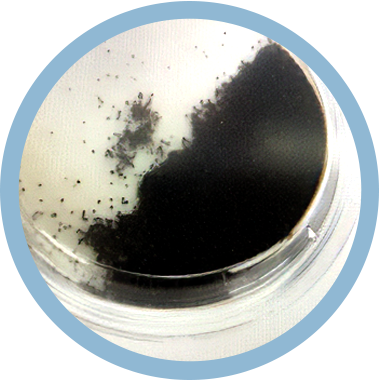
Corrosion
To ensure machine and parts do not corrode.
Record Results & Actions
- Keep good records
- Simple charts can track result trends
- Records should give history of recommendations and actions taken
Our cleaning process includes:
- Pump out the old coolant
- Analyse the coolant for quality
- Remove trapped swarf and debris from sump and channels
- Clean sump tank and conveyor
- Flush the coolant system with additive
- Check for leaks
- Filter coolant (if re-using) and check concentration and bacteria
- Refill coolant tank
- Check CNC coolant filters and strainers
- Replace coolant filters and strainers if required (optional extra)
- Check hydraulic filters and replace if required (optional extra)
- Fit a C-Thru© Separator to remove tramp oil (optional extra)
- Fill out your legal documents to keep you in line with MW5 COSHH
- CNC Coolant filtration systems inline and offline
For further details on our new service
please get in touch with our technicians at European Filter Solutions.
+44(0)1709 877400
sales@efsfilters.com